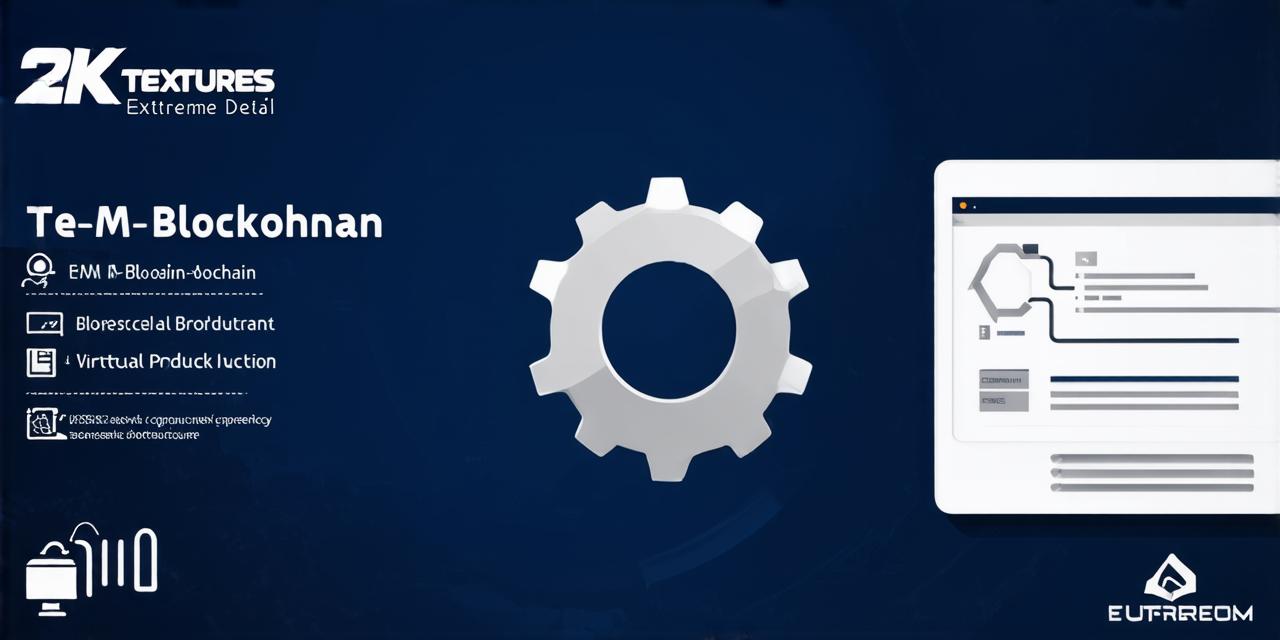Are you interested in understanding the basics of Ethereum Virtual Machine (EVM) in blockchain technology? Look no further. In this article, we will explore what EVM is and its role in the blockchain ecosystem. We’ll also discuss some real-life examples and use cases for EVM.
EVM: A Brief Overview
The Ethereum Virtual Machine (EVM) is a platform that enables developers to build and execute smart contracts on the Ethereum network. It is essentially a virtual computer that runs smart contracts, which are self-executing programs that automate the enforcement of rules and agreements between parties on the Ethereum blockchain.
The EVM is written in a low-level programming language called Solidity, which is similar to C++ and Java. Smart contracts written in Solidity can be deployed on the Ethereum network and run autonomously without the need for intermediaries.
Why Use EVM in Blockchain?
EVM plays a crucial role in the blockchain ecosystem because it enables developers to build decentralized applications (dApps) that run on the Ethereum network. dApps are software programs that run directly on the blockchain and can be accessed by anyone with an internet connection, without the need for intermediaries like banks or other financial institutions.
One of the key benefits of EVM is its ability to execute smart contracts automatically and impartially. Smart contracts can be used to automate a wide range of tasks, from simple transactions to complex business processes. They can also help to reduce fraud and increase efficiency by automating routine tasks and eliminating intermediaries.
Real-Life Examples of EVM in Action
There are many real-life examples of EVM in action on the Ethereum blockchain. Here are a few:
1. Cryptokitties: In 2017, a decentralized application called Cryptokitties was launched on the Ethereum network using EVM. The app allowed users to buy, sell, and breed unique digital cats, which were stored on the blockchain as non-fungible tokens (NFTs). The success of Cryptokitties helped to popularize EVM and smart contracts and paved the way for other dApps on the Ethereum network.
2. Decentralized Finance (DeFi) Applications: Many decentralized finance (DeFi) applications are built using EVM and run on the Ethereum blockchain. These apps allow users to lend, borrow, and trade assets without the need for intermediaries like banks or other financial institutions. Examples of DeFi applications built using EVM include MakerDAO, Uniswap, and Compound.
3. Non-Fungible Tokens (NFTs): NFTs are unique digital assets that are stored on the blockchain as tokens. They can be used to represent anything from art to collectibles to in-game items. Many NFTs are built using EVM and run on the Ethereum blockchain. Examples of NFTs built using EVM include Cryptokitties, Rarible, and OpenSea.
FAQs
1. What is Solidity?
Solidity is a low-level programming language that is used to write smart contracts for the Ethereum blockchain. It is similar to C++ and Java and is designed specifically for building decentralized applications on the Ethereum network.
2. How does EVM work?
EVM is a virtual computer that runs smart contracts on the Ethereum blockchain. When a smart contract is deployed on the Ethereum network, it is executed by the EVM in accordance with its rules and agreements. The EVM interprets the Solidity code and executes the instructions in the contract, impartially and automatically.
3. What are some real-life examples of EVM in action?
Some real-life examples of EVM in action include Cryptokitties, Decentralized Finance (DeFi) applications, and Non-Fungible Tokens (NFTs). These applications demonstrate the versatility and power of EVM and smart contracts on the Ethereum blockchain.
Conclusion
EVM is a powerful tool that enables developers to build decentralized applications on the Ethereum blockchain.

